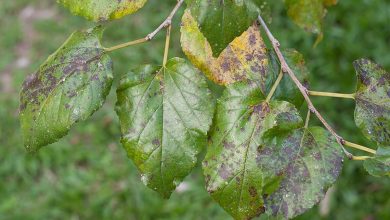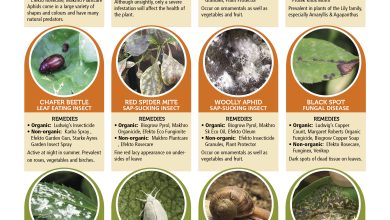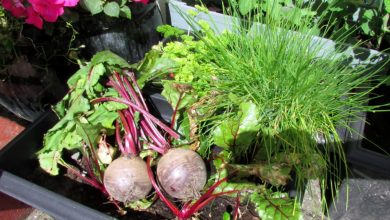Types of Plants to Grow in Winter: [14 Examples]
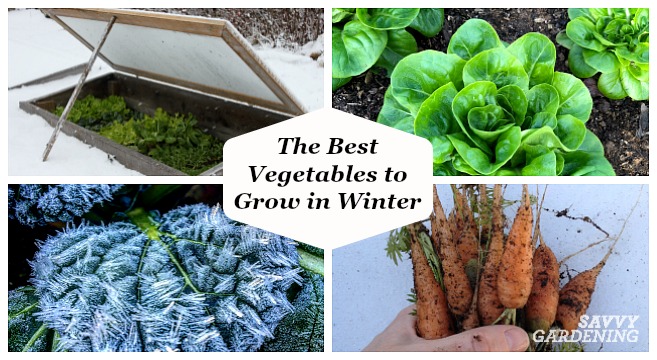
 The cold, frost and wind seem not to be the best conditions for planting, but the reality is that we can get a lot out of winter .
The cold, frost and wind seem not to be the best conditions for planting, but the reality is that we can get a lot out of winter .
And it is that if you thought that during the winter your orchard should go into mandatory rest, be happy because you will be able to continue with the sowing task!
What can we plant in winter?
garlic
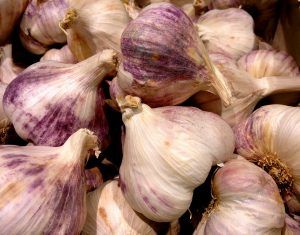 It is the characteristic vegetable of the coldest times of the year because, under other conditions, it does not usually develop.
It is the characteristic vegetable of the coldest times of the year because, under other conditions, it does not usually develop.
Its planting will consist of burying a clove, ensuring that the pointed part remains at a superficial level, that is, vertically.
Due to its minimally invasive and medicinal characteristics, garlic can be planted together with other species such as strawberries and tomatoes.
Parsley
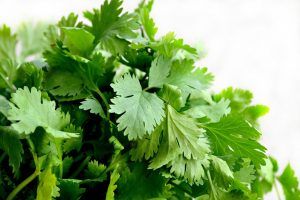 Parsley is a plant species that tolerates planting at any time of the year due to its high level of adaptability.
Parsley is a plant species that tolerates planting at any time of the year due to its high level of adaptability.
What is important is to keep it protected from frost, an issue that is not so complicated if we consider that it is small in size.
After sowing, it is a demanding species with regard to irrigation, as it needs plenty of water.
The good thing is that it takes very little time to germinate and in just a month you can already see the first changes in its development.
Tomatoes
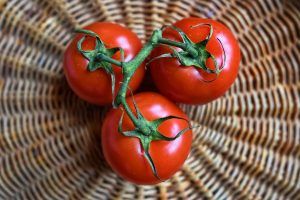 Tomatoes are one of the most consumed vegetables in the world due to their rich flavor and the level of nobility they have in the kitchen. Although it is usually a spring and summer fruiting vegetable, there are winter varieties.
Tomatoes are one of the most consumed vegetables in the world due to their rich flavor and the level of nobility they have in the kitchen. Although it is usually a spring and summer fruiting vegetable, there are winter varieties.
Some varieties can be sown in winter, taking advantage of low temperatures to enhance their development.
It is a plant with low energy consumption, so it can be grown in a home garden accompanied by other species of leaves, such as escarole or spinach.
Cabbage
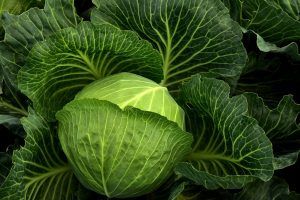 It is a species that has different species within its family and some of them are very tolerable to cold climates , even frost.
It is a species that has different species within its family and some of them are very tolerable to cold climates , even frost.
The correct choice of the species will allow you to enjoy a fresh vegetable at the time it develops, starting its sowing in winter.
Strawberries
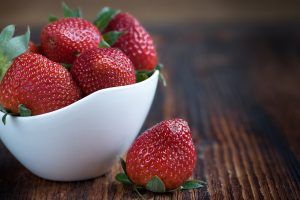 Strawberries tend to do best in cool climates , but they are not frost hardy . For this reason, it is a good plan to keep them protected at times when the cold is excessive.
Strawberries tend to do best in cool climates , but they are not frost hardy . For this reason, it is a good plan to keep them protected at times when the cold is excessive.
When planted at the beginning of winter, they could be giving us delicious fruits in spring and prolong fruiting until autumn.
Blackberries
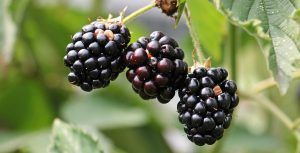 Blackberries have a texture and development conditions very similar to strawberries, so winter becomes an ideal season to promote planting.
Blackberries have a texture and development conditions very similar to strawberries, so winter becomes an ideal season to promote planting.
The best thing is that both fruits are produced from small plants, which means that they can be located in a protected place.
eggplants
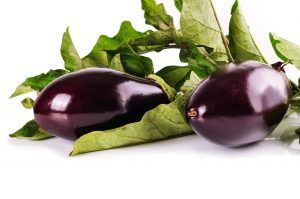 In order for the aubergines to germinate, they can be sown in winter but ensuring a protected space that maintains a constant temperature.
In order for the aubergines to germinate, they can be sown in winter but ensuring a protected space that maintains a constant temperature.
This only applies to areas whose temperatures do not drop excessively at this time, because if so, it is best to wait until early spring.
It is important to note that aubergines do not get along well with other crops, so it is better to reserve a single space for them.
carrots
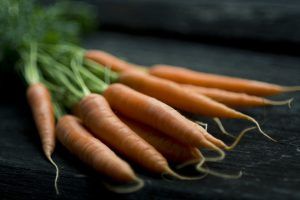 Carrots are one of the vegetables that have the facility to thrive throughout the year , allowing them to take advantage of the space in other species and leave it for the winter.
Carrots are one of the vegetables that have the facility to thrive throughout the year , allowing them to take advantage of the space in other species and leave it for the winter.
A plantation that keeps them protected from the cold will be the most advisable to ensure that they prosper properly.
After sowing, the approximate waiting time for the first harvest is 4 months, just right for your fresh spring dishes.
Peach
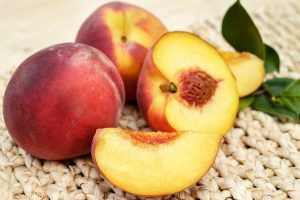 The peach is a fruit tree that needs the roots to settle very well before they start to come to the surface.
The peach is a fruit tree that needs the roots to settle very well before they start to come to the surface.
It is for this reason that sowing at the beginning of winter will help this process, making it easier for it to acquire nutrients and develop quickly in spring.
Cauliflower
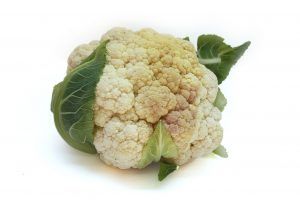 Cauliflower is a vegetable that loves the cold and that makes it ideal to take advantage of the winter time to produce it.
Cauliflower is a vegetable that loves the cold and that makes it ideal to take advantage of the winter time to produce it.
In fact, it will do better when temperatures are lower, although it will be necessary to offer protection in case of frost.
arugula
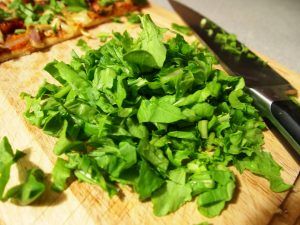 It is a plant that flourishes well in climates with mild temperatures .
It is a plant that flourishes well in climates with mild temperatures .
It can be planted in winter, but taking care that it is not excessively low.
Ideally, in very cold climates, arugula should be sown towards the end of winter, so that it is in optimal conditions.
Pepper
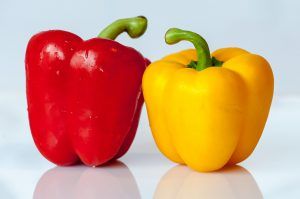 The pepper is a vegetable that grows at temperatures above 10ºC, but in winter it can grow even though it will need protection.
The pepper is a vegetable that grows at temperatures above 10ºC, but in winter it can grow even though it will need protection.
For this, it is only necessary to recreate conditions similar to those of a greenhouse that serve for the seeds to germinate and develop.
For more security, it is also possible to plant the seeds towards the end of winter.
Celery
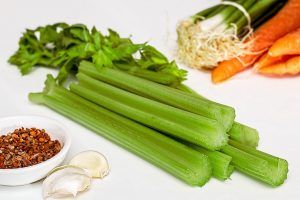 Although celery needs a high temperature (around 24º C) to produce fruit, the reality is that it can be planted in seedbeds earlier.
Although celery needs a high temperature (around 24º C) to produce fruit, the reality is that it can be planted in seedbeds earlier.
On winter days , the ideal is to take advantage of the seeds to place them in seedbeds that will be kept in a warm place.
Later, when the plant is more grown, it will only be necessary to carry out the transplant.
Lemon Tree
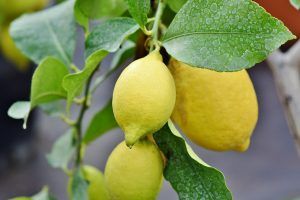 When the area where the tree will be planted has mild winters, the lemon tree can begin to develop in this season.
When the area where the tree will be planted has mild winters, the lemon tree can begin to develop in this season.
If it is an area where frosts are common, it is best to wait until spring.
Each species, both of fruits and vegetables, has its optimal time for sowing and harvesting and respecting them will help to improve its benefits.
That is why it is such a good idea to prepare a crop calendar and be clear about the steps that will be taken in each season.
Pleurotus ostreatus
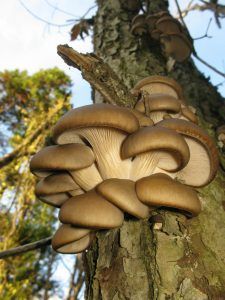 Pleurotus ostreatus, is the oyster mushroom, and is a fairly common edible mushroom.
Pleurotus ostreatus, is the oyster mushroom, and is a fairly common edible mushroom.
It was first cultivated in Germany as a survival measure during World War I and is now grown commercially throughout the world for food. It is related to the king oyster mushroom, which is cultivated in a similar way.
Oyster mushrooms can also be used industrially for medicinal purposes.
The oyster mushroom is one of the most sought after wild mushrooms, although it can also be grown on straw and other media. It has the bittersweet aroma of benzaldehyde (which is also characteristic of bitter almonds).


